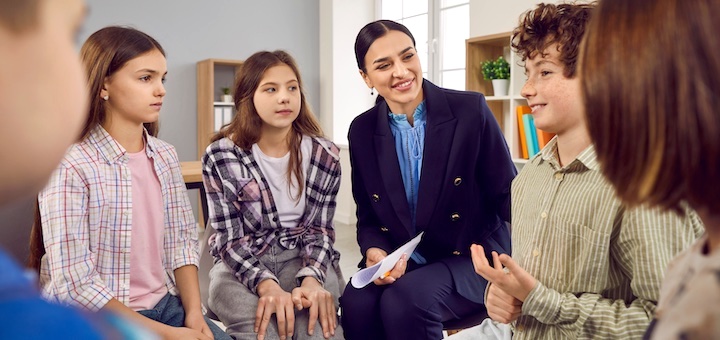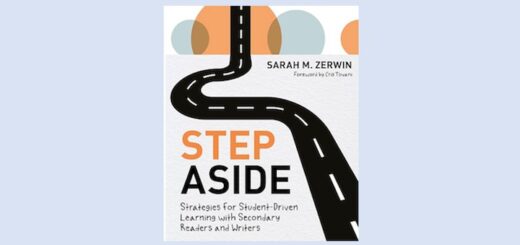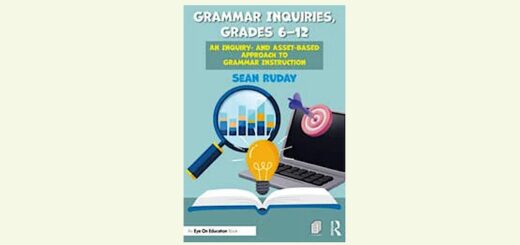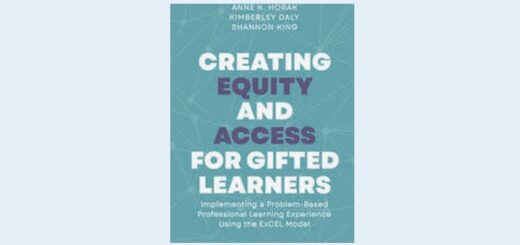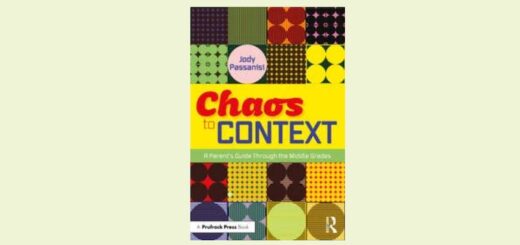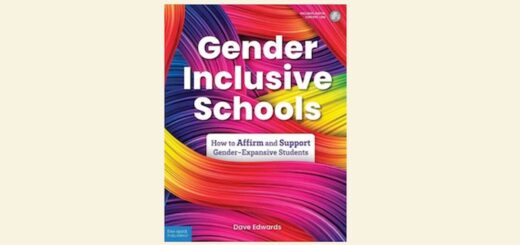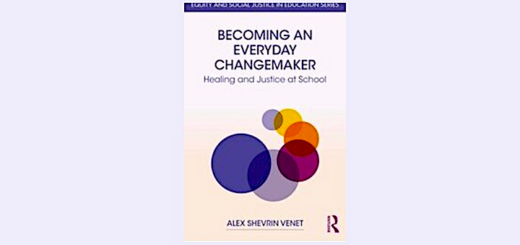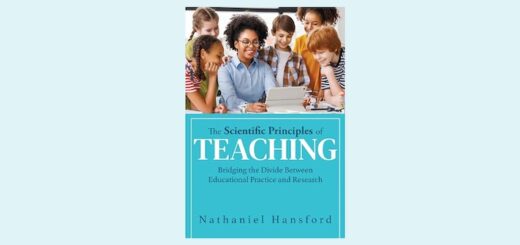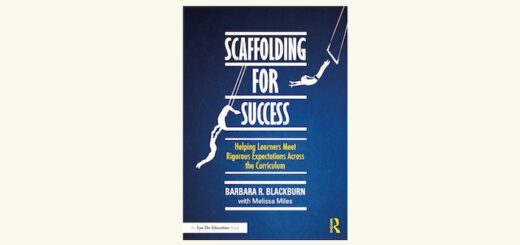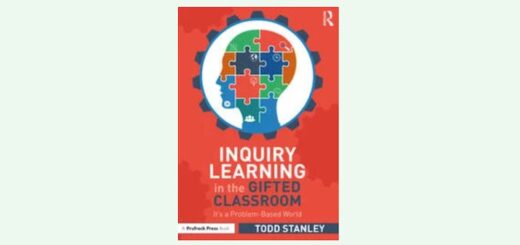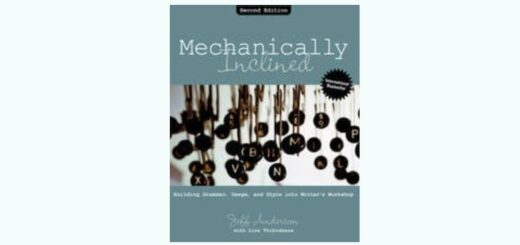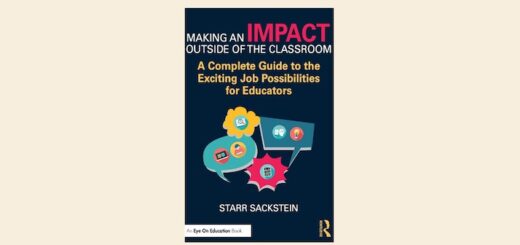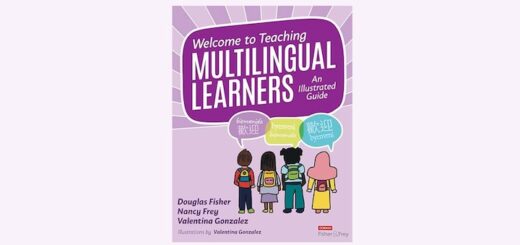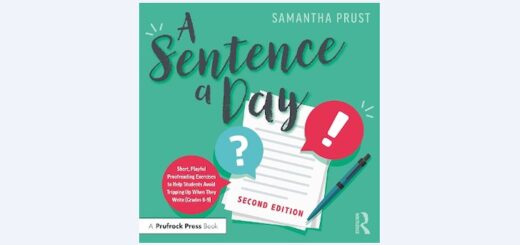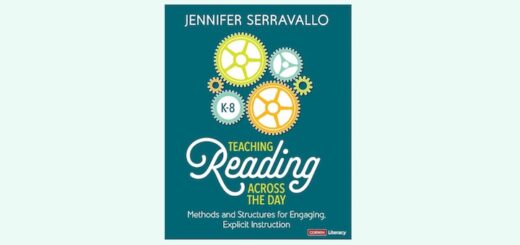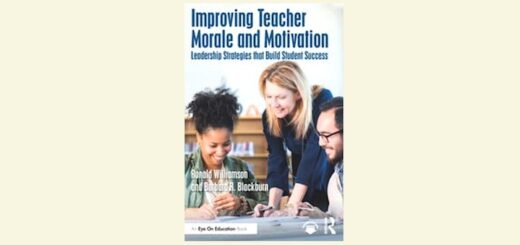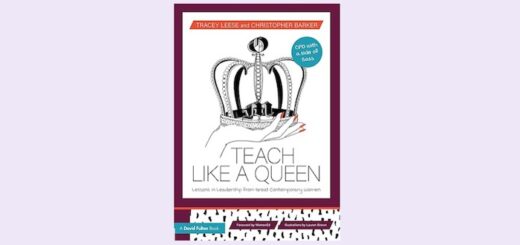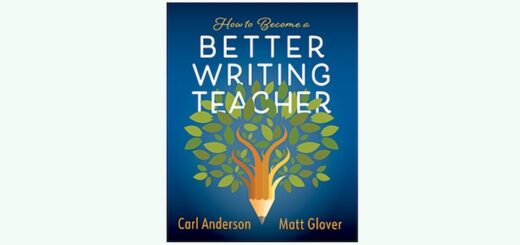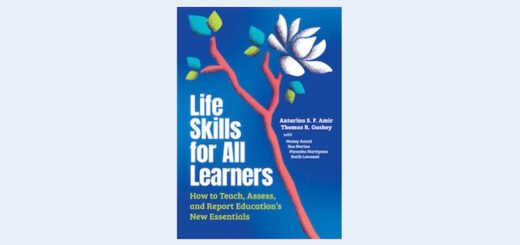Teaching and learning in grades 4-8
You need your break! Don’t fill your summer ruminating endlessly about lessons and classes to come. Instead try the “habit stacking” strategy and prepare for the next school year without getting mired in the weeds. Teacher and coach Miriam Plotinsky shares nine possibilities.
When asked to help implement health/biology curriculum, the authors decided to focus on active learning strategies that succeeded in exciting and engaging the adolescent girls in their classes. They conclude that well-designed hands-on learning is worth the extra time and effort.
Lord of the Flies by William Golding remains a riveting, relevant book for middle school because of its themes of survival, power, and leadership. Laurie Hornik’s PBL unit also teaches students to appreciate and practice multiple perspectives and be open to changing their minds.
Summer offers time for middle schoolers to select books they’ll enjoy. Media literacy facilitator Jennifer Sniadecki sees a role for picture books to engage them. Diving into several genres, she describes books that will catch their attention. Spiders and memory jars, anyone?
Educators tend to fill every moment with our voices, writes teaching coach Patty McGee. Yet the most powerful learning can happen when we are silent, making room for student-to-student communication, customized feedback, and a trusted space for students to reveal what they know.
Taking time to reflect on current practices and explore fresh ideas can be invigorating for educators and provide students with new opportunities. Teacher leader Kasey Short shares ways we can plan for informal professional learning this summer and during the school year.
If we can teach kids to think about their futures with more specificity and positivity, then we can have a significant impact on not only their self-image but their well-being – critical work in our anxiety-ridden, social media-saturated times, writes teacher leader Stephanie Farley.
In Humans Who Teach, Shamari Reid tells many stories to lift the veil on the weights of expectation placed on teachers, by themselves and society. Reid centers “love in our work as humans who teach,” offering ways to jump-start ourselves if action seems difficult, says Sarah Cooper.
As new teachers and other educators in schools with many struggling readers search for equitable instructional approaches that will accelerate (not remediate) student learning, metacognition and reciprocal teaching strategies can help, write Sonya Murray and Gwendolyn Turner.
A week into summer break, teacher Michelle Russell looks back at how she adjusted the last weeks of class to lower her stress and make sure she would face less stress in the fall. Included: imposing order on packing away supplies and making time to check in with kids.





